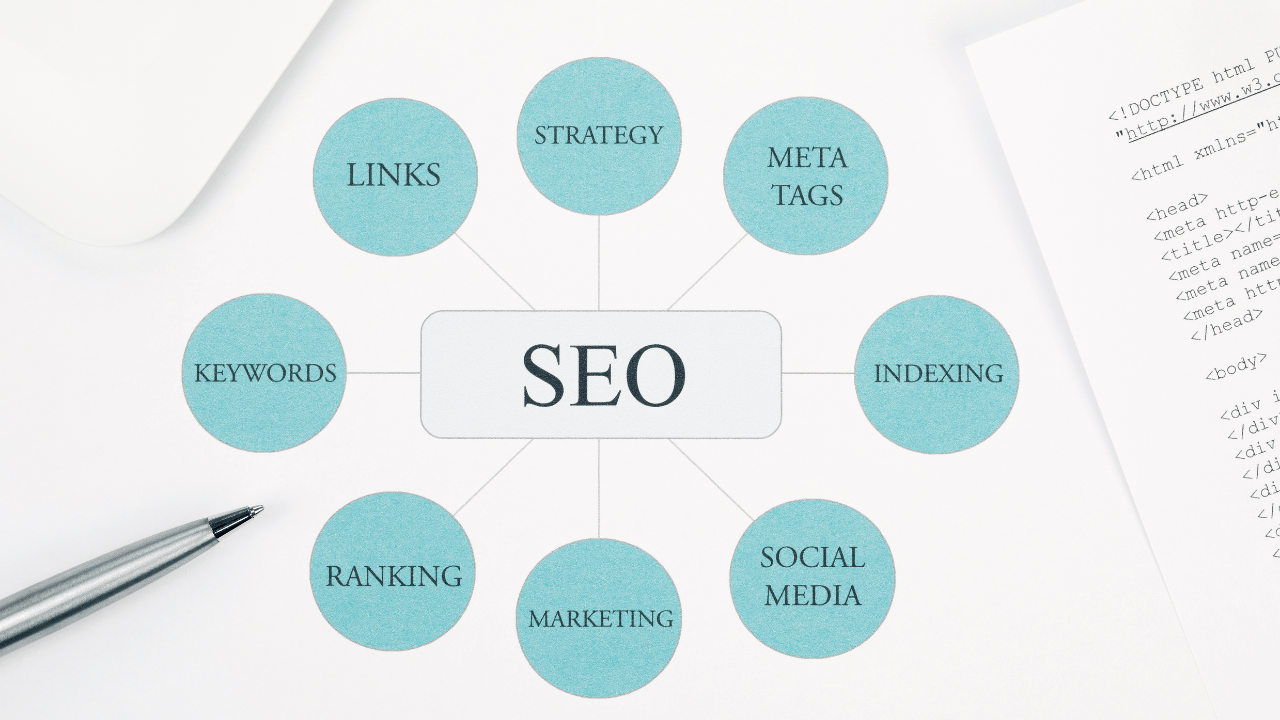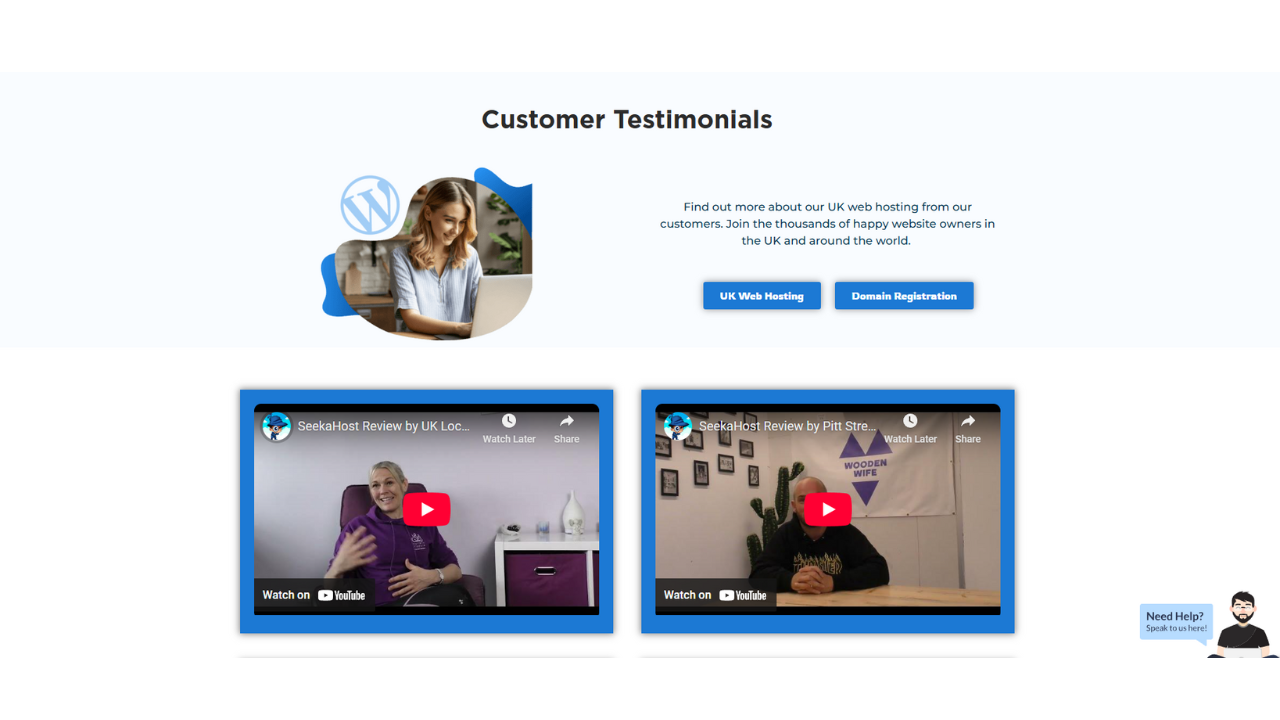Modern SEO Strategies: How to Rank and Get More Leads in 2025
The Changing Landscape of SEO
SEO has drastically evolved in recent years, and businesses that fail to adapt are seeing their traffic and leads dwindle. Traditional SEO, which focused on ranking in Google’s search results, is no longer as effective as it once was. Search engine result pages (SERPs) have become cluttered with AI-generated answers, featured snippets, YouTube videos, and forum discussions, pushing organic results further down the page.
For businesses that rely on SEO for lead generation, this shift requires a new approach—one that aligns with how people now search and consume information online.

The Shift in Search Behaviour
Today, searchers expect quick, reliable, and authoritative answers. The rise of AI-powered tools like ChatGPT and Perplexity means that users are getting curated answers rather than sifting through multiple search results themselves. Instead of browsing pages of links, they receive direct recommendations. This means businesses must optimise not just for Google, but also for AI-driven search engines.
So, how can businesses position themselves to be recommended by AI and still capture organic traffic?
Modern SEO Strategies for Businesses
1. Clarify Your Website’s Value Proposition
One of the biggest issues with many business websites is vague or jargon-filled messaging. Search engines and AI models need to understand exactly what your business does to recommend it effectively.

What to Do:
- Ensure your homepage clearly states what you do, who you serve, and how you add value.
- Use simple, direct language instead of corporate-speak.
- Example: Instead of “We partner with businesses to optimise their efficiency,” say, “We help small law firms automate their client intake process to save time and get more cases.”
2. Strengthen Your Online Presence with Mentions Across Trusted Sites
AI-driven search tools look beyond your website—they analyse mentions, reviews, and content across the web to determine credibility.
What to Do:
- Get featured in industry blogs, news sites, and directories.
- Be active on relevant social media platforms.
- Ensure business details are consistent across all listings (Google My Business, Yelp, LinkedIn, etc.).
3. Use AI-Optimised Press Releases

How to Do It:
- Select a strong case study or customer success story.
- Use an AI tool (e.g., Claude or ChatGPT) to structure a compelling press release.
- Distribute the press release through services like Brand Featured to increase its reach and credibility.
4. Leverage AI-Optimised Listicles on Your Website
A controversial but effective tactic is creating a “Best Of” list on your own website where you rank yourself as the top option.
Example:
If you run a digital marketing agency, write a blog post titled “Top 5 Digital Marketing Agencies in [Your City]”—with your business ranked #1. While this method may not work indefinitely, it can currently help influence AI-generated recommendations.
5. Prioritise Customer Reviews and Testimonials

AI-powered search tools heavily weigh customer reviews when making recommendations.
What to Do:
- Actively ask for detailed reviews on platforms like Google, Yelp, and industry-specific sites.
- Provide customers with prompts to write reviews that highlight specific results (e.g., “Would you mind sharing how much time or money we saved you?”).
- Monitor and respond to reviews to maintain engagement and reputation.
The Rising Importance of YouTube for SEO
With AI transforming traditional search, video content—especially on YouTube—is becoming a critical part of modern SEO. YouTube is the second-largest search engine and plays a vital role in Google’s search rankings.

How to Use YouTube for SEO:
- Create content that answers common customer questions.
- Every time a customer asks a question, turn it into a video topic.
- Use clear, searchable titles (e.g., “How Much Should I Charge for Web Design in 2025?”).
- Optimise video metadata.
- Use the exact phrase from your video title in the video description.
- Add timestamps and keywords in the description to help YouTube understand the content.
- Encourage engagement and sharing.
- Ask viewers to like, comment, and share videos to improve visibility.
- Embed videos on your website and blog to drive additional traffic.
- Capitalize on Google’s prioritization of video content.
- Many Google searches now show YouTube videos before organic website results.
- A well-optimized video can rank higher than traditional SEO-focused content.
Preparing for the Future of SEO
The way businesses approach SEO must evolve to match changing user behaviour and search engine dynamics. Here are the key takeaways:
- Traditional Google rankings alone aren’t enough—search results are increasingly dominated by AI-generated content and video.
- Clarity and credibility matter—businesses must ensure their website and online presence communicate value effectively.
- AI-driven search tools influence recommendations—businesses must be mentioned and positively reviewed across multiple platforms.
- YouTube is a crucial part of SEO now—creating valuable video content builds trust, authority, and search visibility.
By embracing these modern SEO strategies, businesses can stay ahead of the curve and ensure they continue to generate leads and sales in the evolving digital landscape.


